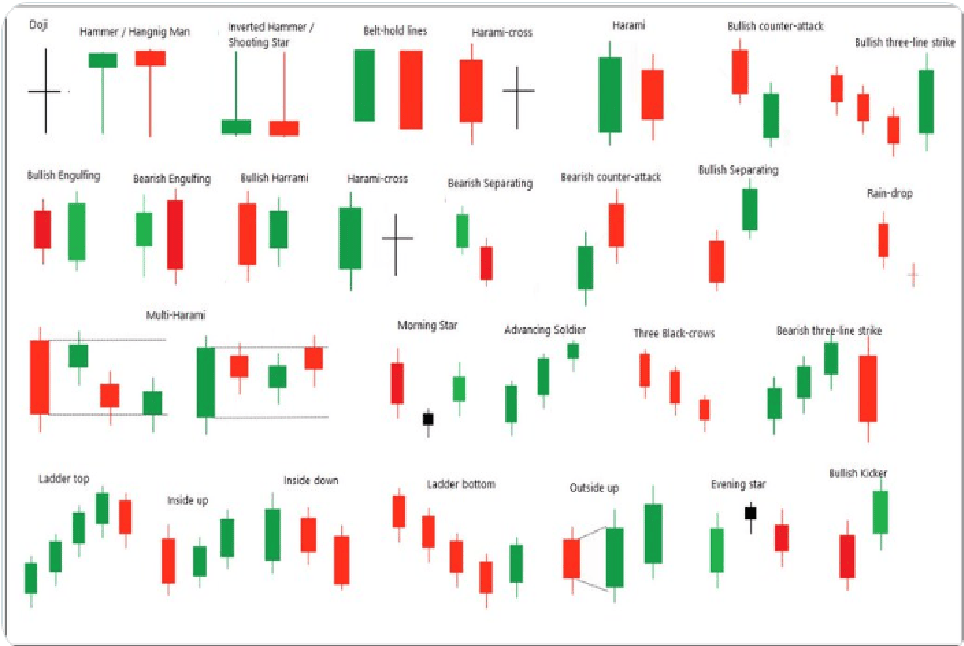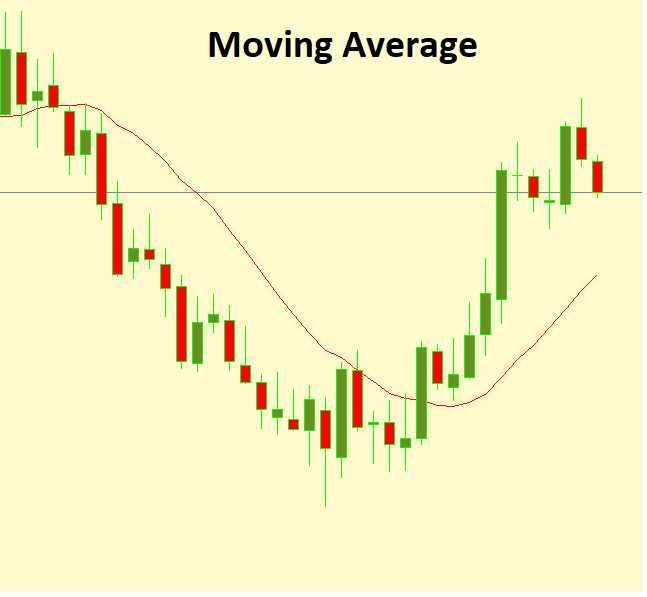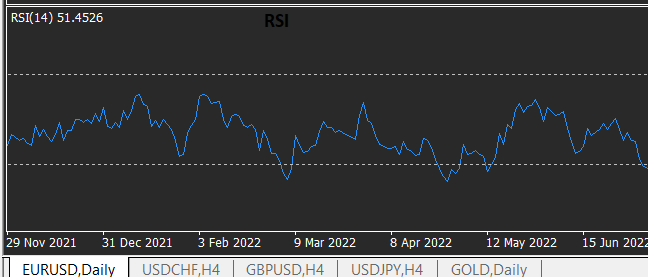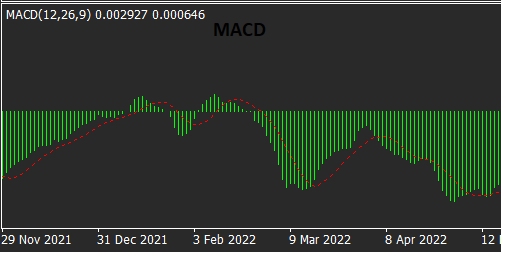Forex Market Analysis: Research and Study of Market Trends and Price Movements
In the fast-paced world of financial trading, Forex market analysis plays a crucial role in deciphering market trends and price movements. For both seasoned traders and beginners, understanding the various methods of market analysis is the key to making informed and profitable trading decisions. In this comprehensive guide, we will explore the different aspects of Forex market analysis, empowering you with the knowledge to navigate the complex world of foreign exchange.
Table Content
1. Fundamental Analysis: Unveiling the Economic Forces
2. Technical Analysis: Decoding Price Charts and Patterns
3. Sentiment Analysis: Gauging Market Psychology
4. Risk Management: Safeguarding Your Capital
5. Technical Indicators: Enhancing Analytical Precision
6. Footnote
7. FAQs

Fundamental Analysis: Unveiling the Economic Forces
Before diving into the complexities of charts and technical indicators, it is essential to comprehend the foundation of Forex market analysis - Fundamental Analysis. This approach involves studying economic factors that influence a country's currency value.
1. Gross Domestic Product (GDP) and Economic Growth
GDP is a critical indicator of a nation's economic health. A robust GDP growth rate indicates a thriving economy, which generally strengthens the country's currency value.
2. Interest Rates and Central Banks
Central banks play a pivotal role in setting interest rates, impacting the attractiveness of a country's currency. Higher interest rates often lead to a stronger currency value as investors seek higher returns.
Technical Analysis: Decoding Price Charts and Patterns
While fundamental analysis examines macroeconomic factors, technical analysis revolves around price charts and patterns. By studying historical price movements, traders can identify potential future trends.
1. Candlestick Patterns
Candlestick charts provide valuable insights into price action. Patterns like "Doji," "Hammer," and "Head and Shoulders" offer clues about possible trend reversals.

2. Moving Averages and Trend Lines
Moving averages smooth out price data and highlight the underlying trend. Combining moving averages with trend lines can enhance trend identification and trade signals.

Sentiment Analysis: Gauging Market Psychology
In addition to fundamental and technical analysis, Forex market analysis includes sentiment analysis. This approach focuses on the psychology of traders and how emotions drive market movements.
1. Fear and Greed Index
The Fear and Greed Index reflects the market sentiment, indicating whether investors are overly optimistic (greedy) or fearful, leading to potential market reversals.
2. Commitment of Traders (COT) Report
The COT report reveals the positions of large institutional traders, helping retail traders gauge the market's overall sentiment.
Risk Management: Safeguarding Your Capital
No Forex market analysis is complete without addressing risk management. Proper risk management strategies protect traders from significant losses.
1. Position Sizing
Determining the appropriate position size based on your account balance and risk tolerance is crucial for preserving capital.
2. Stop Loss Orders
Setting stop-loss orders helps limit potential losses in volatile markets, providing an exit strategy when trades go against your predictions.
Technical Indicators: Enhancing Analytical Precision
Technical indicators are valuable tools that complement Forex market analysis. These mathematical calculations help traders identify trends and potential entry/exit points.
1. Relative Strength Index (RSI)
The RSI measures the speed and change of price movements, indicating overbought or oversold conditions in the market.

2. Moving Average Convergence Divergence (MACD)
The MACD combines moving averages to identify trend direction and momentum changes, offering valuable trading signals.

Footnote
Embarking on the journey of Forex market analysis can be daunting, but armed with the knowledge presented in this guide, you can approach the markets with confidence and precision. Remember to continually practice and refine your analysis skills, and always prioritize risk management in your trading endeavors.
FAQs
1. What is the most crucial aspect of Forex market analysis?
The most crucial aspect of Forex market analysis is finding the right balance between fundamental, technical, and sentiment analysis to make well-informed trading decisions.
2. Are technical indicators sufficient for successful trading?
While technical indicators are valuable, relying solely on them can be risky. Combining them with other forms of analysis provides a more comprehensive view of the market.
3. How can I improve my Forex market analysis skills?
Improving your Forex market analysis skills requires continuous learning, practice, and staying up-to-date with economic and geopolitical events that impact the markets.
4. Is Forex trading suitable for beginners?
Forex trading can be challenging for beginners, but with proper education and risk management, beginners can gradually build their expertise and become successful traders.
5. What is the best risk management strategy?
The best risk management strategy is one that aligns with your risk tolerance and ensures that no single trade can significantly impact your trading account.











Discussion